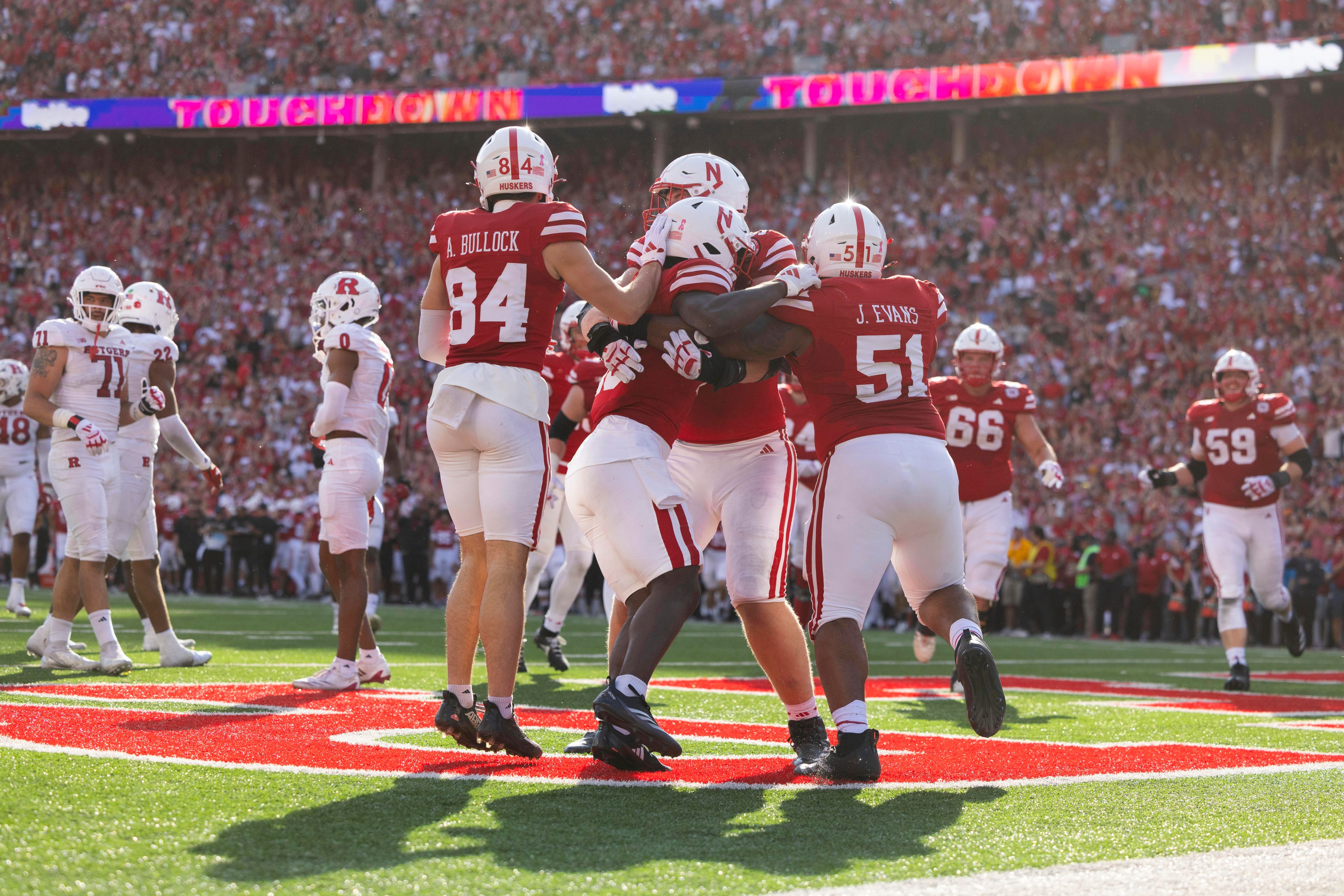Sturgeon numbers hit new lows amid demand for caviar
The two Missouri game wardens were only looking for fish bait to stock their raccoon trap late last year. Referred to a Frohna, Mo., fisherman's place, they came across his catch of sturgeon, topped with two pale lunkers -- each obviously longer and fatter than the rest of the bony-backed batch...
The two Missouri game wardens were only looking for fish bait to stock their raccoon trap late last year.
Referred to a Frohna, Mo., fisherman's place, they came across his catch of sturgeon, topped with two pale lunkers -- each obviously longer and fatter than the rest of the bony-backed batch.
The two big ones were pallid sturgeons, an endangered species being gutted to feed a demand for American caviar.
The remarkable thing, said conservation agent Rob Sulkowski, was that the caviar poacher was caught. Fishermen legally net tons of shovelnose sturgeon in Missouri annually with little oversight as to whether the endangered and ghostly looking pallid sturgeon is being taken along with them.
"It's the first time I've caught someone," Sulkowski said. "And I know it's happening out there."
Environmentalists worry that even healthy fish populations such as the shovelnose may be in peril because of the appetite for caviar. Missouri is contemplating a ban on commercial fishing of the shovelnose.
"We're trying to prevent another sturgeon species from becoming endangered," said Dave Herzog, a Missouri Department of Conservation fisheries biologist in Jackson.
A report released in late May that looks at dwindling fish populations suggests that the snack of the gourmet set is threatening to wipe out a handful of endangered species in the United States.
Since pollution and overfishing decimated caviar supplies from the Caspian Sea after the fall of the Soviet Union, the World Wildlife Fund report worries that buyers turning to eggs of American paddlefish and sturgeon could mean the demise of those fish.
Caviar demand "is a real and significant danger to the survival of some of these species," said Craig Hoover of the World Wildlife Fund.
Facing a potential ban
The MDC is considering a proposal that on July 1, 2004, would end commercial fishing of the shovelnose sturgeon in the state's portions of the Missouri and Mississippi rivers. A decision could come this month.
Between 1997 and 2001, the sturgeon harvest in Missouri increased sixfold. Meanwhile, Herzog and his group making catches on the Mississippi River near Cape Girardeau -- who in 1997 could net an average of 21 fish per night -- now average just one sturgeon a night.
"As the commercial harvest has gone up, our catch rates go down," said Vince Travnichek, a fisheries biologist for the MDC. "There's a correlation there."
Fishermen are opposed to the ban.
"They're jumping the gun," said Edwin Nichols of Hartsburg, Mo., who fishes for shovelnose sturgeon with his wife. "They're worried about overharvesting in the years to come. This is not Russia. There are other ways of doing this."
Already, he said, the market has fallen for Missouri caviar, a dip he attributed to declines in sales to cruise lines.
Yet prices have mostly soared in recent years as beluga caviar from the Caspian Sea disappeared. Its import was banned in November.
Sports writer Jeremy Joffray contributed to this report.
Connect with the Southeast Missourian Newsroom:
For corrections to this story or other insights for the editor, click here. To submit a letter to the editor, click here. To learn about the Southeast Missourian’s AI Policy, click here.






